I don’t consider myself a “conceptual artist”, but the jumping off point for each of my works is usually a specific idea or concept. Where each work lands, is determined by the journey of its creation.
The sculptures in this exhibition are all portraits, and as such, are affected by sustained interaction with the subject. This involves physical constraints – a handstand can only be held for so long – as well as the circumstances of the relationship. It’s a collaboration really and the studio process entails a lot of looking, talking and a long, slow stalking. The hope is that through attention and intense concentration, some life will be forced into the pieces. Having said that, the work is not about likeness – a 3D printer can do that. Rather, the aim is to create an object that evokes the presence of the subject.
The final form of any sculpture is also determined by the method of its production. It’s tempting to imagine an artwork as the inevitable by-product of a creative, (perhaps bohemian) lifestyle. This hasn’t been my experience. It’s not that art making requires a nine-to-five routine, but it does demand a certain discipline, rigour and (especially for sculptors) a respect for technique. Each work is the result of an iterative train of decisions encompassing the conception/design process, health-and-safety considerations (risk to small children and overly tactile art-lovers), practical concerns (ability to fit through the gallery door), fabrication challenges etc. etc. As such, whenever I’ve completed a piece I step back and think – well, this is the result of all those choices…
So it’s definitely a process – and the results (when successful) may be surprising or challenging and more than just an illustration of the original idea.
Sincere thanks for their many kindnesses to the teams at QDOS Gallery, Fundere Fine Art Foundry, Australian Galleries and to the Barker Charitable Foundation.
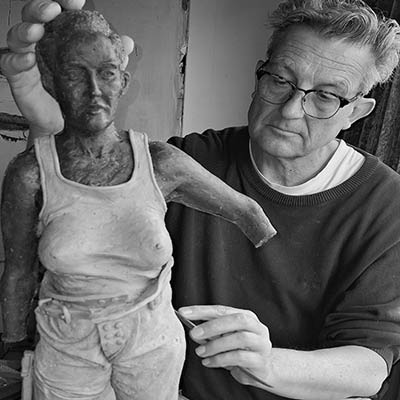
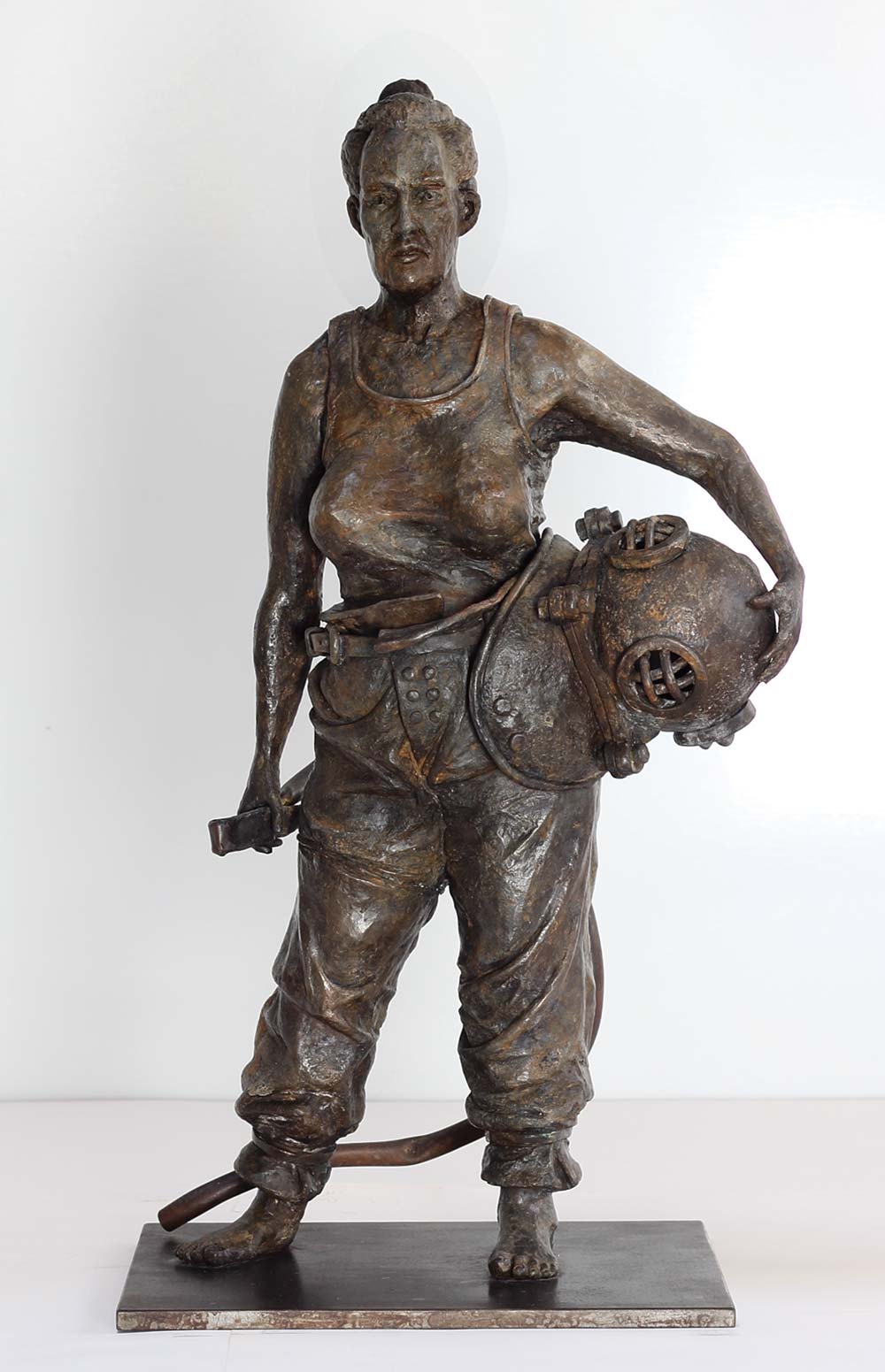
The Diver bronze, 1 of 6 61 x 31x 21cm
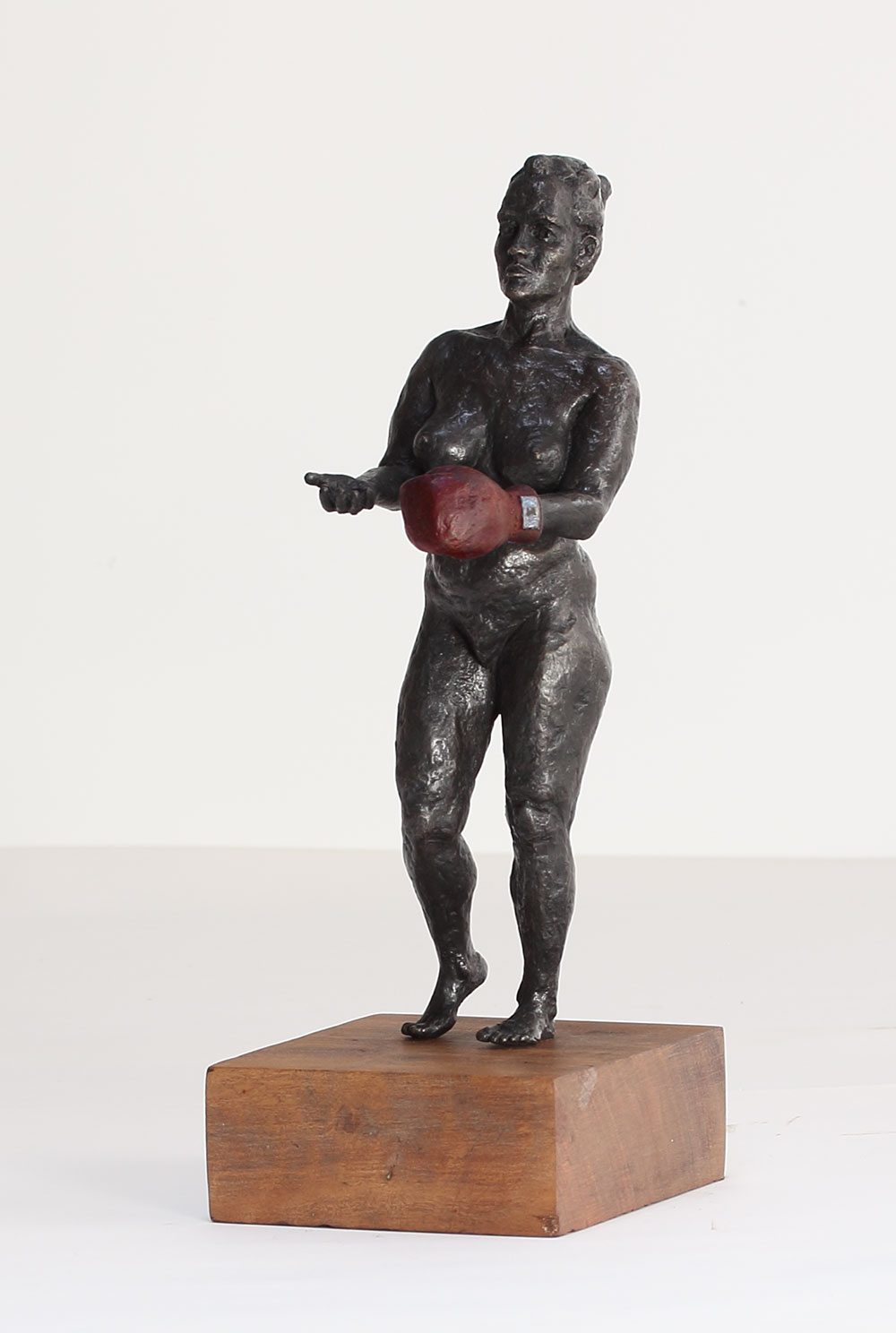
Pound for Pound 2024, bronze unique 29 x 9 x 12cm
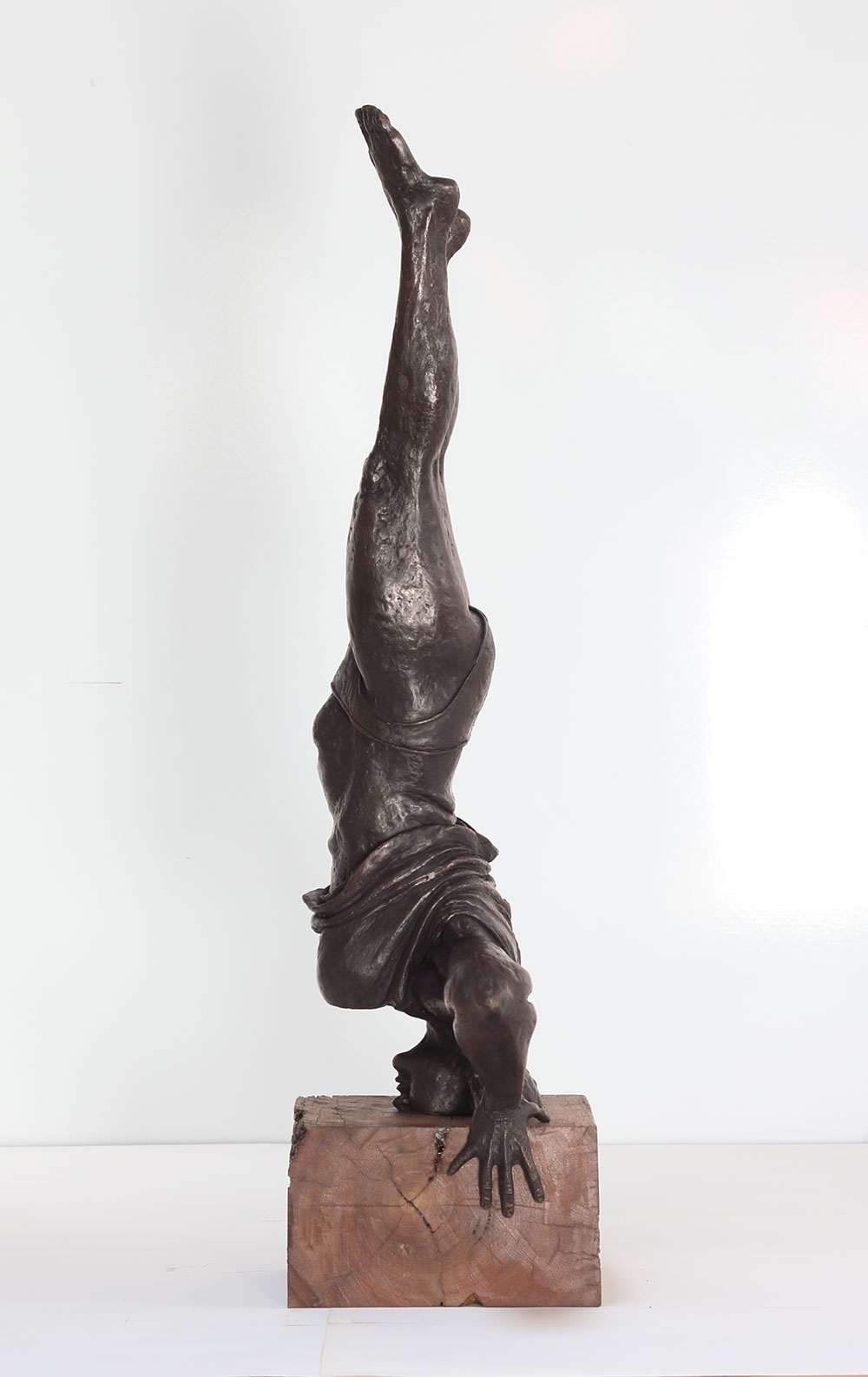
The Difficult Equilibrium 2024, bronze/hardwood 1of 6 76 x 41 x 17cm

with Geoffrey Ricardo The Auditor 2024, bronze 1 of 3 120 x 85 x 30cm
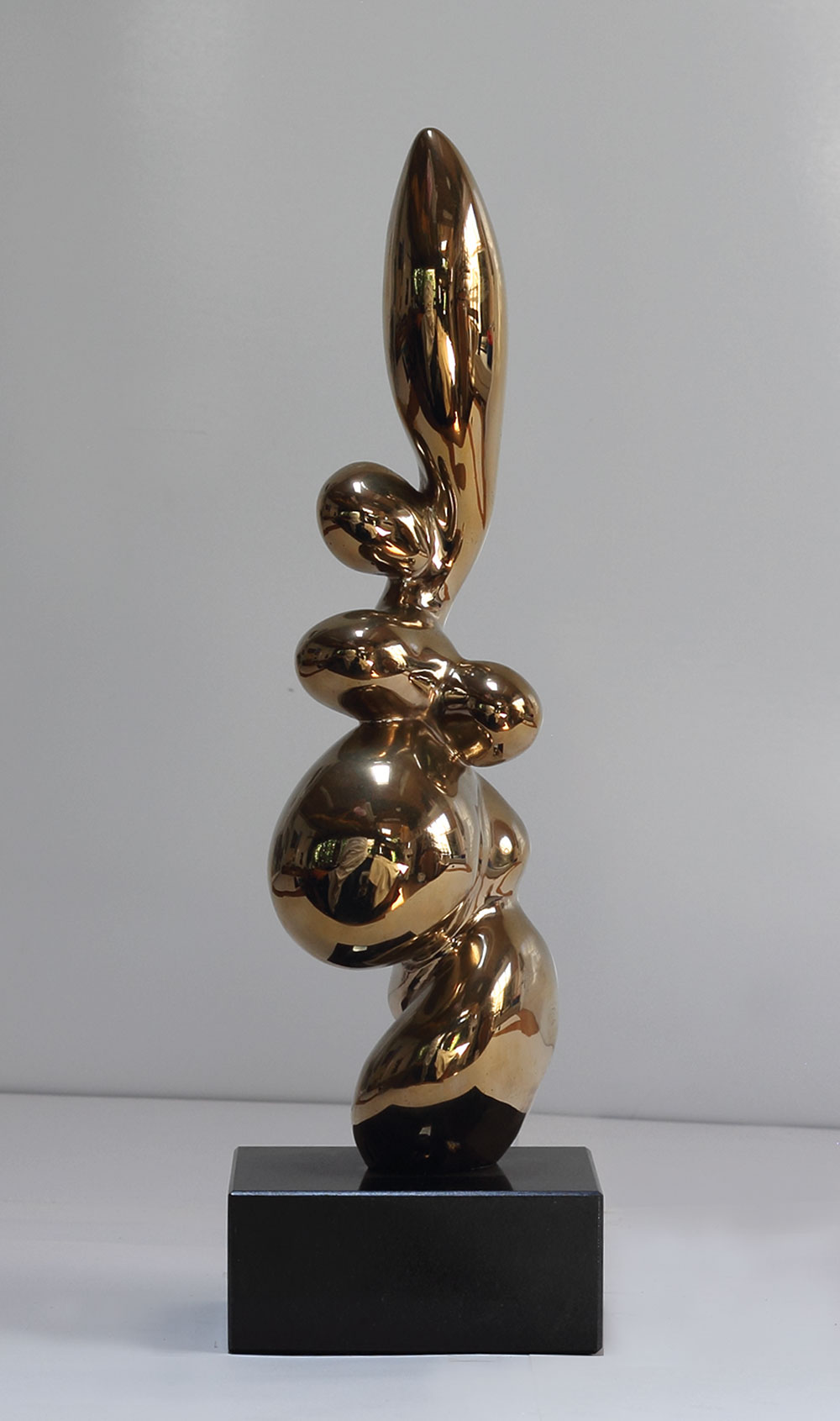
The Glimpse 2024, bronze 1 of 6, 45 x17 x16cm
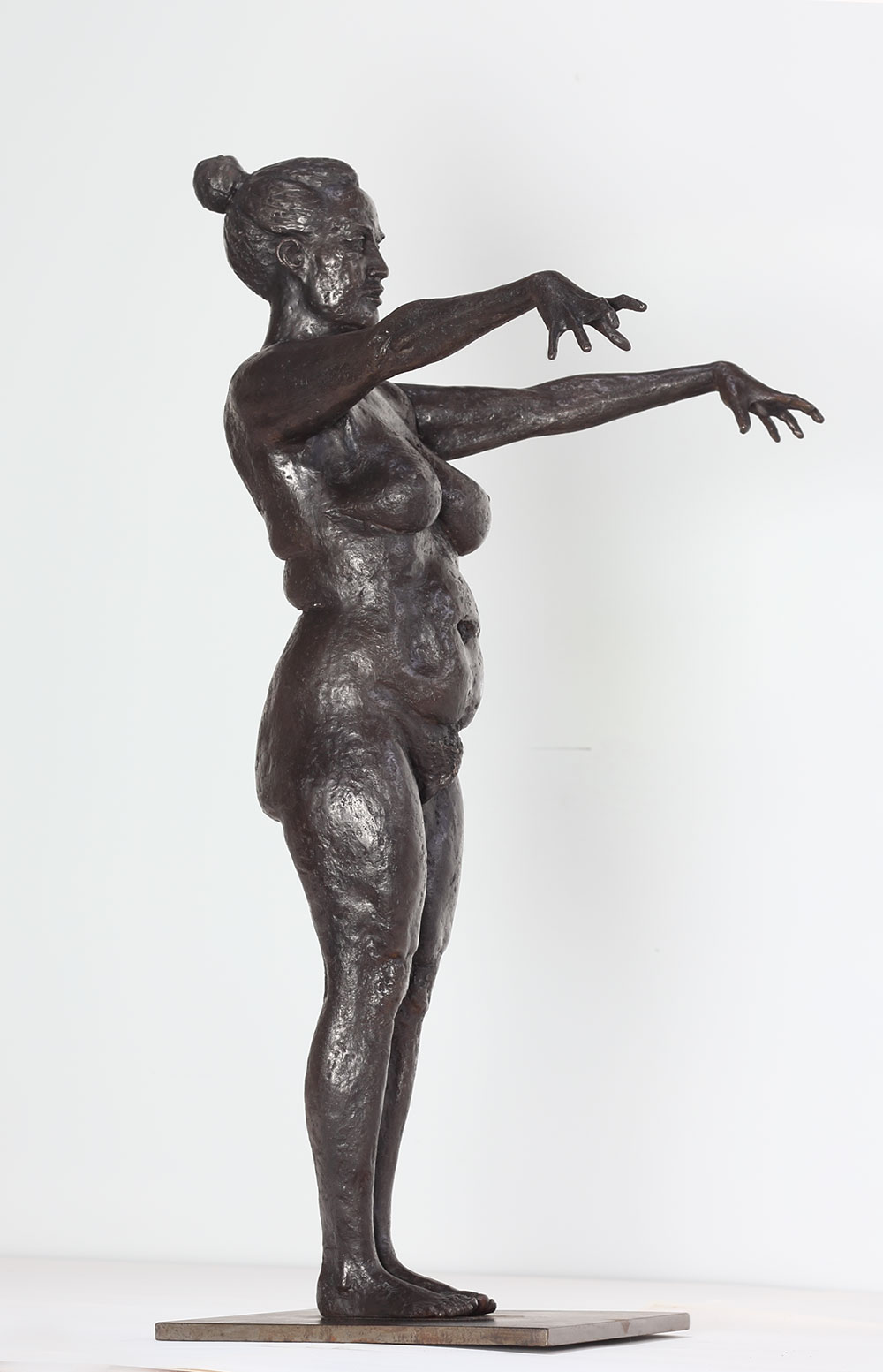
Circe - after Mackennal 2024, bronze 1 of 6, 68 x 34 x 30cm
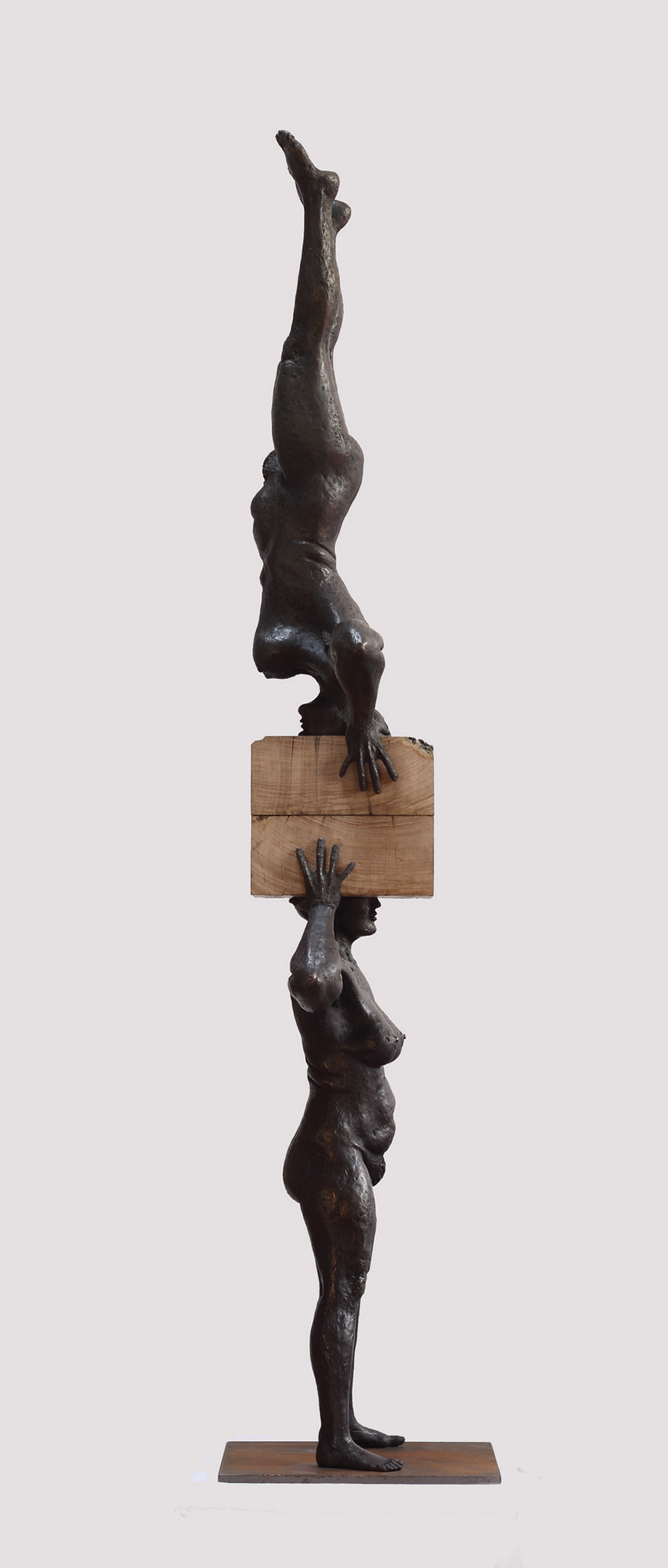
Head to Head 2023, bronze 1 of 6, 29 x 15 x 9cm
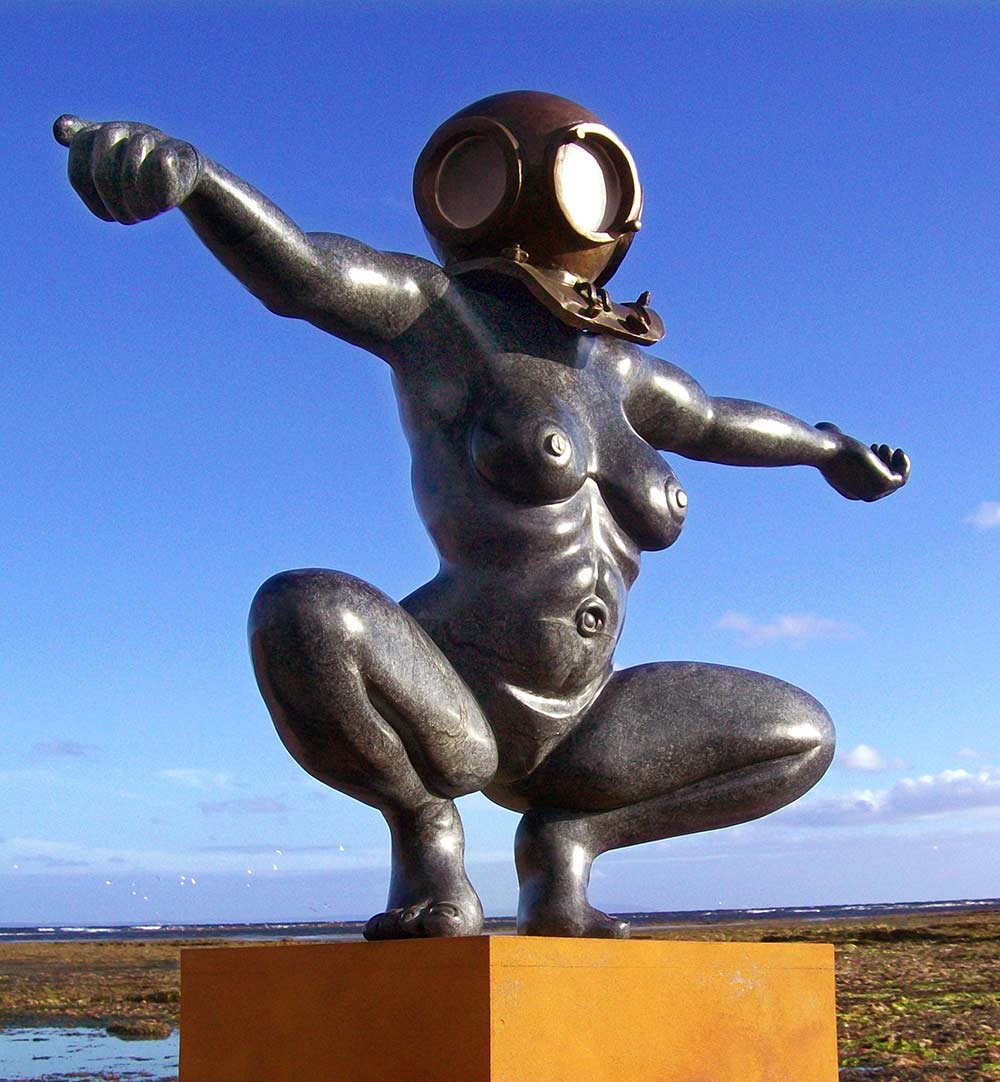
Shining Like a Bell 2010, stone (steatite) & bronze
